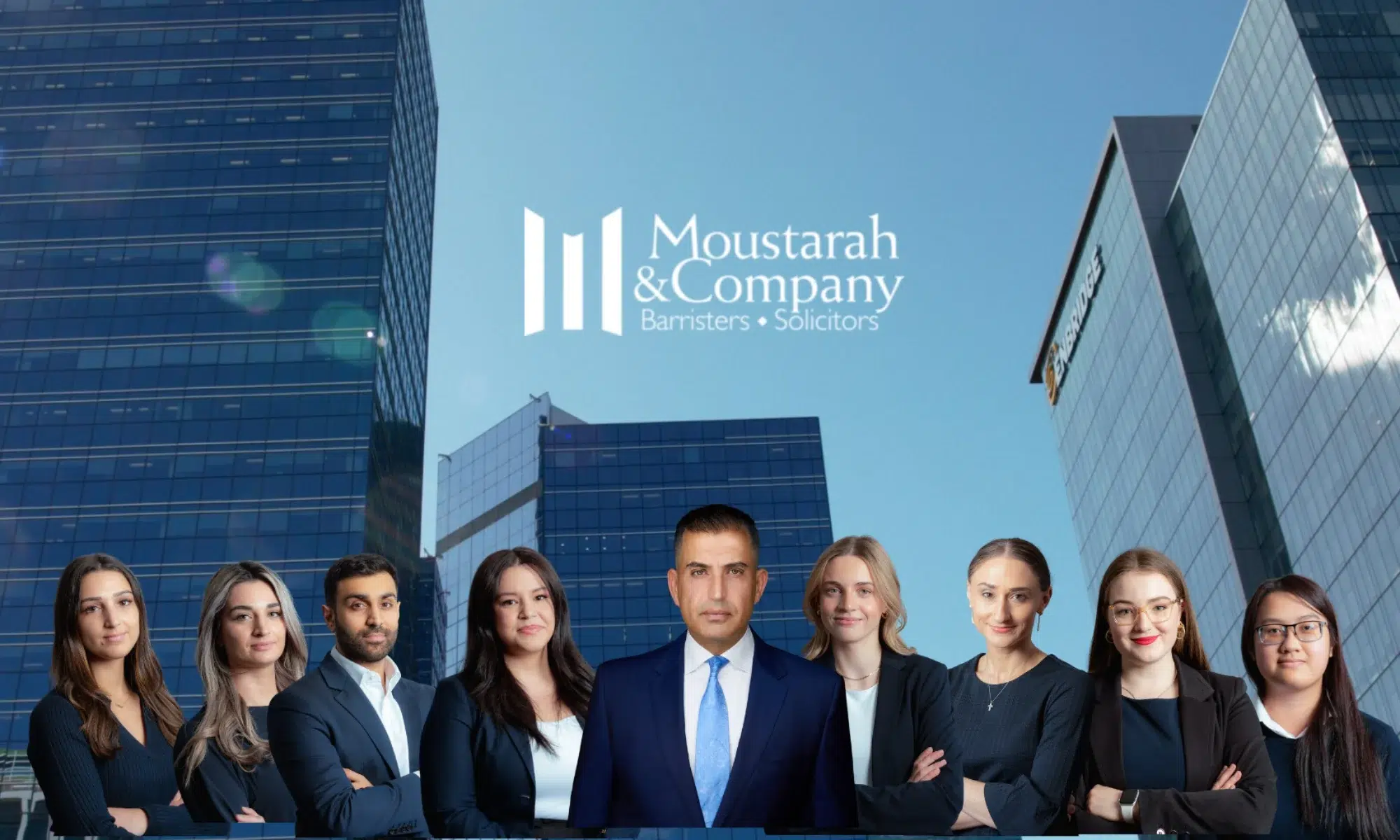It’s an all too common scenario: A person is injured in a motor vehicle accident. The facts seem to show that the other driver is at-fault… but the other driver is telling a different story that seems to suggest that the injured person is to blame for the accident. In legal terms liability has now become an issue and must be sorted out before the injured person can get compensation for their injuries. This is where evidence (such as dash cam footage, independent witnesses, and more) has a vital role to play.
Doday v. Alberta, 2011 ABQB 161
Take for example the case of Doday v. Alberta (Motor Vehicle Accident Claims Act, Administrator), 2011 ABQB 161 [“Doday“].
Mr. Doday claimed that, while driving his tractor-trailer on St. Albert Trail one icy morning, he was cut-off by an unknown “phantom” vehicle which caused him to have to take evasive action. As a result of the evasive action, his tractor-trailer jackknifed, and he struck a light standard and barrier and was seriously injured.
The Motor Vehicle Accident Claims Act Administrator (the “Administrator”), who can become involved in cases where people are involved in hit-and-runs or cases where the at-fault driver was uninsured, disputed Mr. Doday’s version of events. The Administrator argued that there were a number of other possible explanations for the accident (such as Mr. Doday over-breaking or over-steering in a way that was not appropriate for the conditions), and that Mr. Doday may have been the one who caused the accident that injured him.
Therefore, a trial was held in the Court of Queen’s Bench of Alberta to determine whether Mr. Doday could prove “on a balance of probabilities that the accident was caused” in the way that he said it was (see para 3). Was a “phantom” vehicle to blame? Or was the “phantom” vehicle ever really there?
The Court considered the testimony of independent witnesses and police officers who responded to the scene, as well photographs and computer-generated crash simulations of the accident scene and accident, in order to decide Mr. Doday’s case. All of this evidence was of the utmost importance to the outcome of Mr. Doday’s case, and helped the Court to decide in Mr. Doday’s favour. As a result, Mr. Doday was not prevented from seeking compensation for his injuries.
Mr. Doday’s case illustrates the importance of evidence in motor vehicle accidents where liability becomes an issue and the other side is arguing that the accident did not happen in the way the Plaintiff claims or that the Plaintiff is to blame for the accident. Evidence is an important factor when determining fault in a personal injury case.
Evidence Used Where Liability Is An Issue
Courts rely on the evidence presented to them to make findings about who is liable for the accident, the damages caused, and the losses suffered.
There are many different types and sources of evidence that can be used to support arguments about liability in motor vehicle accident cases. These might include:
- dash cam footage;
- security camera footage from near-by businesses;
- red light camera footage or still photos from near-by intersections;
- independent witness statements or testimony;
- police officer notes, drawings, photographs, or testimony;
- driver or passenger witness statements or testimony;
- computer-generated collision models;
- aerial photographs;
- photographs of the accident scene or damage;
- expert accident reconstruction, or other expert evidence;
- and more…
Where liability becomes an issue, dash cam footage showing exactly how the accident unfolded can be valuable evidence to help your lawyer prove who was at fault.
The information provided on this website does not constitute legal advice and should not be construed as such. Moustarah & Company does not guarantee that this information is accurate or up to date. As a result, should you require legal advice, please contact a lawyer.

